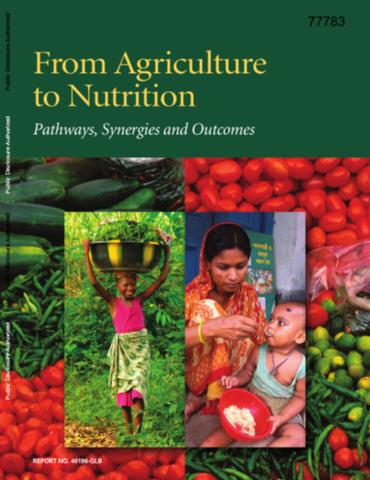Power, Progress and Impoverishment: Plantations, Hydropower, Ecological Change and Community Transformation in Hinboun District, Lao PDR
TAKEN FROM EXECUTIVE SUMMARY: This report documents the contemporary ecological, social and economic transformations occurring in one village in Lao PDR’s central Khammouane province under multiple sources of development-induced displacement. Rural development policy in Laos is focused on promoting rapid rural modernisation, to be achieved through foreign direct investments in two key resource sectors: hydropower and plantations.





